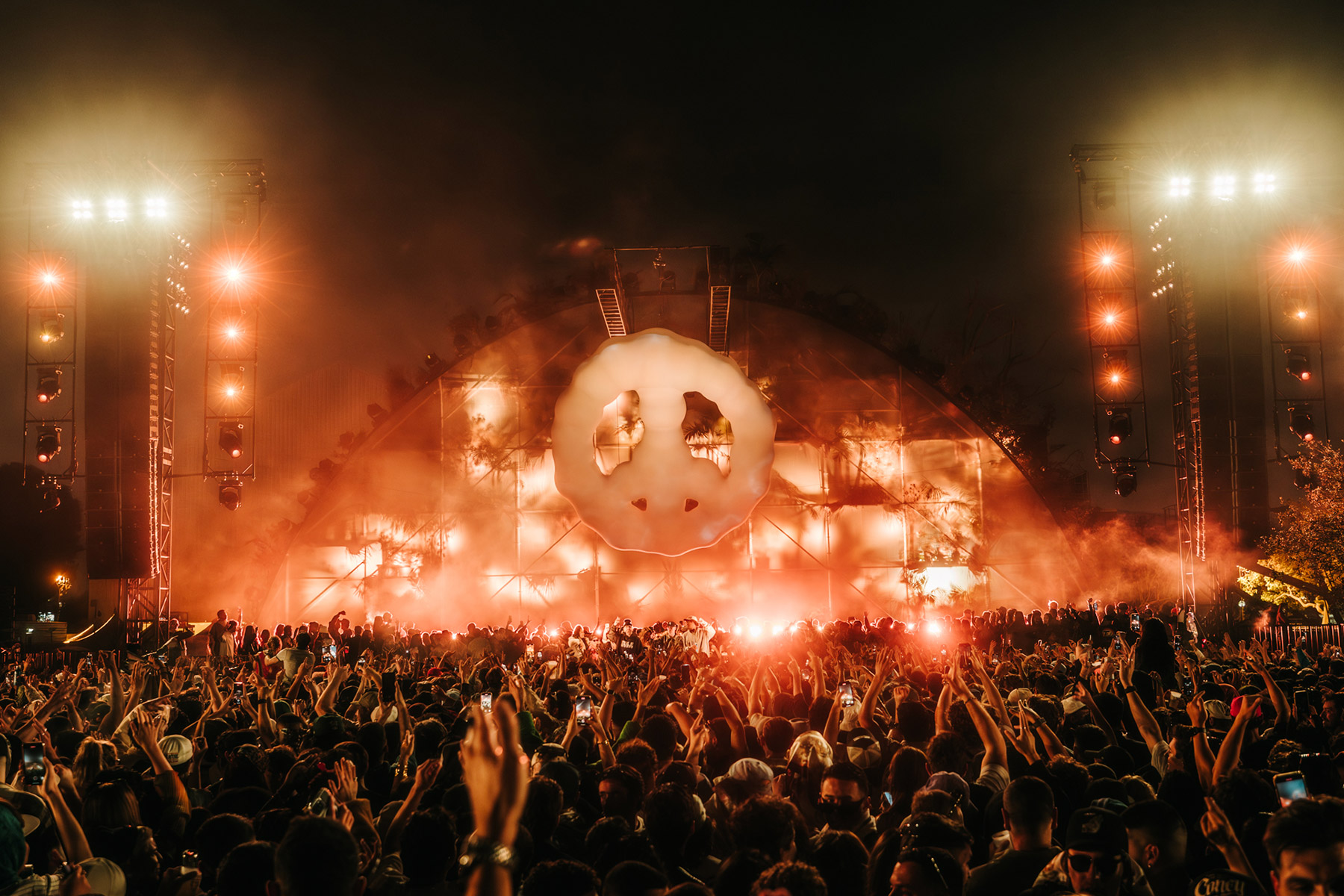‘Sourcery’ is the third full-length album by A Path Untold, aka producer/composer Daniel Merrill, who has been creating and releasing under the moniker since 2015. It is the most ambitious, intricate, and intentional record he’s created so far. In relation to past works, it is ever more evocative and far-reaching in its scope, resulting in a progression of songs designed to transform the dancefloor into sacred space and back again, while providing an evolving, enthralling ride that facilitates as much of an inner journey as listeners want to take. The album draws on genre elements from future garage, deep house, downtempo and breaks, fused with a variety of otherworldly flavors.
To celebrate the drop of his latest LP, ‘Sourcery’, EG caught up with A Path Untold in the studio for 5 essential tips to find one’s sound.
1. Your heart is at the center of the process, use it as your emotional guidance system.
The DAW, instruments, and tools you use serve the mind, and the mind serves the heart. When you understand and work in this sequence, your intended emotional message is able to cascade through this perfect hierarchy, manifesting as music in a tangible reality for others to experience. Emotion is why music exists, it’s what makes it powerful and is why people are drawn to it. Never lose sight of that. Find the emotional core of the track, and make it as potent as possible, because everything else will flow from this. Ask yourself “what is the emotional narrative in this story?” This could be the chord progression, a vocal performance, the lead melody, or an atmosphere. What emotions are you feeling in the track and therefore want the listener to experience as well? Be clear, get the vibe down as directly as possible and worry about refinement later.
2. Explore contrast and dynamic range in your ideas.
Music is most compelling when it explores variation between themes like quiet/loud, melancholic/uplifting, lower/higher notes, bassy/airy elements, smooth/gritty, etc. Like any good story, having a conflict and resolution is very effective and interesting, so think about ways to create various types of striking contrast. There are as many approaches to this as there are aspects of music. This could mean using major/minor chords together in your progression, building frequencies up to a fever pitch, and then using a filter to strip them back, or transitioning into a B theme that returns to the A theme. The sense of emotional tension, release, and resolution is thrilling for the listener and makes a track infectious. This is also a chance to utilize the full frequency spectrum – it’s there as a canvas to create contrast within.
3. Work from a place of abundance instead of lack.
When you’re not sure how to move forward with a track, instead of trying to capture or create the perfect idea, let go of any pressure and just make lots of different ideas. It may sound obvious, but having a bunch of “sonic clay” to casually play around with is a lot more fun and effective than trying to create the perfect next element, which can introduce pressure. Pressure can sometimes be paralyzing. Create a pool of ideas and respective variations (without expectations), keep the best ones, and either ruthlessly discard or reinterpret the rest. Just like with photography, getting the perfect shot can be much more elusive than taking a ton of shots and finding/keeping the best one. Sometimes one idea will simply be a stepping stone to another, better idea, and you won’t even keep the first one on the track – it was just a means to an end. This can be an exponential, “telescopic idea” process that then allows you to work with a process of reduction from there.
4. Get as much mileage out of your ideas as possible.
In balance with the previous tip, instead of adding more ideas, how can you make the existing ones speak more? Use nuance, movement, and detail to your advantage and make your elements more interesting. The “less is more” concept is well established, but there are always new and innovative ways to bring more nuanced flavor to your elements, exploring different aspects of this classic concept. Using an array of shaper devices, LFOs, saturation and frequency shifting (but in subtle ways) can have a massive effect on making your elements say more. You might not even need to create many more elements to have an engaging piece of music that says what it needs to say. Never have a single element in your track that isn’t essential to the whole or doesn’t have a reason for being there. This will make your music potent, essential, and effective. Using textural field recordings to create a tangible sense of place can also have an incredible effect.
5. Use modulation devices to create accents and syncopation.
Depending on what DAW environment you use there are different approaches to this, but the concept is the same: modulate/automate various parameters in your composition in polyrhythmic and/or polymetric ways. Start by tweaking various parameters in your project to see which are the most effective at creating movement and energy – timbral, tonal, volume, time-based synth parameters, effects, etc. Then, map modulation devices (such as Max for Live devices) to those parameters and set them up to do interesting polyrhythmic and/or polymetric events. This will introduce so much more syncopation and movement in your track, allowing you to follow tip #4 a lot more effectively. Your musical phrases and parts can still be very groovy and even in 4/4 time, but the modulations will be much more complex and dynamic. Syncopation is what makes people dance and want to move to a piece of music, and/or makes their brain dance.
A Path Untold’s ‘Sourcery’ is out now via The Chambers Project. Purchase your copy here.
Follow A Path Untold: SoundCloud | Instagram | Facebook | Spotify








